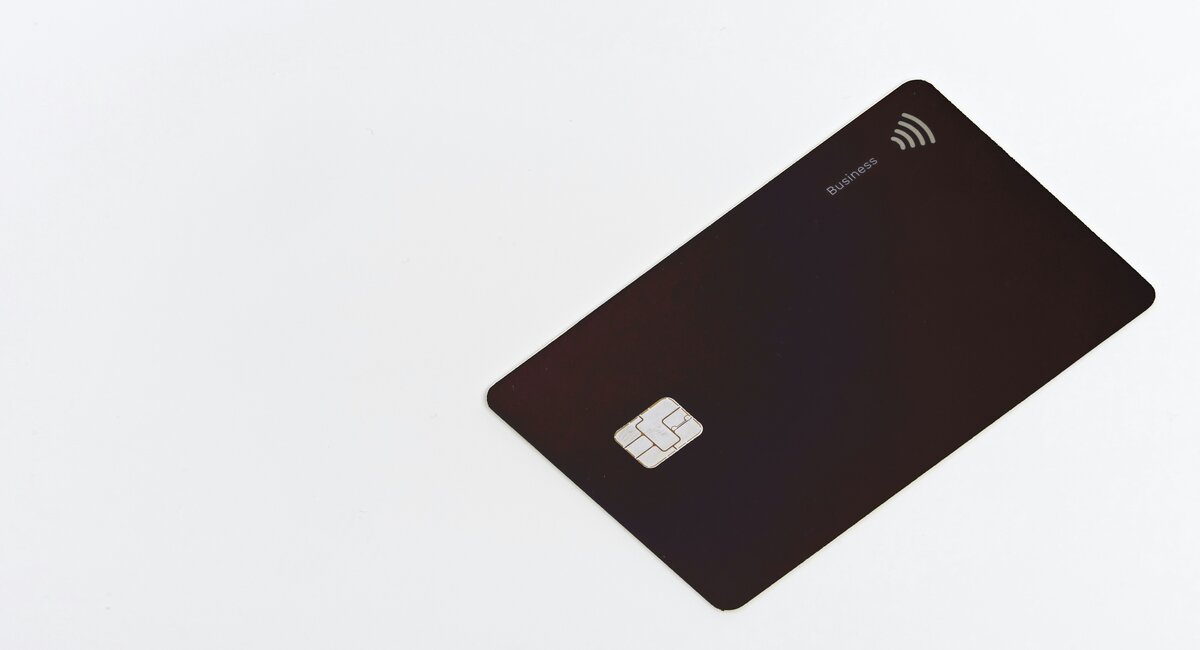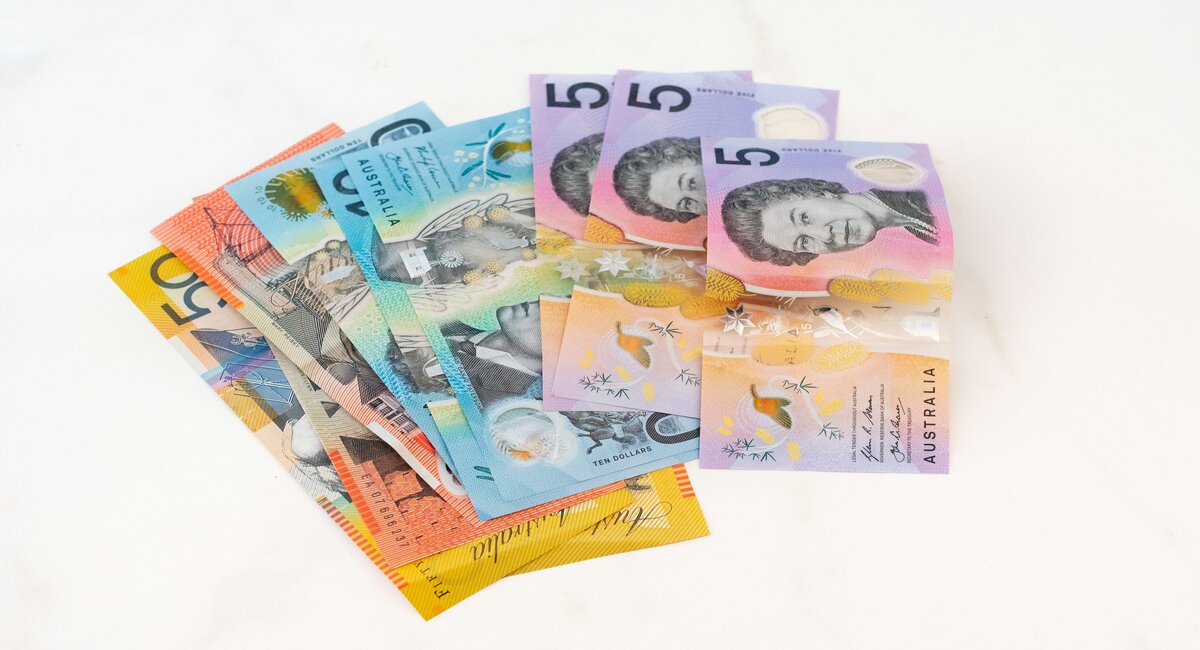Credit card debt is nasty to deal with it, and the more it builds the more you might procrastinate from paying it off.
In this article, we discuss several options that could help you pay off your credit cards:
- Using a balance transfer
- Consolidating debt with a personal loan
- Consolidating debt with a home loan
- Making extra repayments
- Other debt reduction strategies
1. Transfer credit card debt
People with credit card debt often turn to balance transfers to try and alleviate their debts, and they’re not a bad option in theory – transferring multiple credit card debts onto one card with a 0% balance transfer offer for 12 months or more can create much more manageable monthly repayments and much less interest.
But a review of credit cards and balance transfers over the past six years by ASIC found:
“While many consumers reduce their credit card debt during the promotional period of transfer to a new card, a concerning number of consumers increase their debt: over 30% of consumers increase their debt by 10% or more after transferring a balance.”
So nearly one-third of balance transfer users end up actually increasing their debts, something they were trying to avoid entirely.
How does this happen?
We’ve written extensively before about the traps of balance transfers – it seems too many people are unfamiliar with the dangers of not using a balance transfer properly, mainly:
- Not paying off the full balance over the period
- Making purchases with the balance transfer card during the promotional period
- Ignoring or not knowing about the balance transfer fee charged (usually aboout 1-3% of the balance)
This isn’t to say you shouldn’t use a balance transfer, as they can definitely be an effective debt-consolidation method.
But if your credit card debts are too large to consolidate via a balance transfer (i.e. it exceeds the balance transfer limit) or you don’t think you’ll be able to pay it off before the end of the period, there are other methods you could try to consolidate your credit card debt, such as through a personal loan or home loan.
2. Consolidating debts through a personal loan
If you’ve got credit card debts that are accruing high interest charges, you might consider a debt consolidation personal loan. This is a type of personal loan that moves your existing credit card debts into a new loan with (hopefully) a lower rate. This can be a useful strategy to employ, as personal loans, unlike credit cards, have a fixed repayment structure – you can’t simply repay the 2-3% minimum each month.
This can make them useful for somewhat undisciplined borrowers who perhaps need a little prod to meet their repayment obligations. If you’ve got multiple credit cards, combining them into one fixed-term loan can:
- Eliminate the fees paid on multiple credit cards
- Eliminate the hassle of making two or more different repayments to different times to different lenders
Your ability to apply for such a loan will depend on two things: your credit history and your reliability as a borrower. If you can get approved, make sure you properly budget what you can afford to repay each month before committing to a personal loan.
3. Consolidating debts through a home loan
You can attempt to refinance your home loan to consolidate your other debts. If you have both credit card bills and personal loan debts building up, then this can be a good option to help get you back on your feet.
Like the personal loan, refinancing your home loan to consolidate your other debts means they’ll be added onto your current mortgage. If you had $400,000 remaining on your home loan and you had $20,000 worth of combined personal loan and credit card debt, then your new mortgage would be $420,000.
Home loan rates are generally much lower than those of credit cards and are slightly lower than personal loan rates too, so this can be a solid method of reducing interest payments in the short term. You just need to consider the following:
- The loan term will be longer and may be extended once you consolidate your debts (i.e. a mortgage with 20 years remaining could be extended to 22 years)
- The longer loan term will result inmore interest being paid overall
- Your current interest rate might be better than the one you end up getting after refinancing – the lender does have to take extra debt into account after all
- There may be extra fees that come with refinancing your home loan, namely break costs, establishment fees and ongoing loan fees
To refinance your home loan, talk to your current lender about what they can offer you or switch to a different lender altogether – it’s a competitive environment out there for home loans so your options aren’t limited.
4. Making extra repayments on your credit cards
If you’re not a fan of debt consolidation, you’re not alone. There are those in the finance space who are strongly opposed to the strategy. One such person is Noel Whittaker, author of Making Money Made Simple and columnist for the Sydney Morning Herald, who has been quoted as saying:
“It is the height of financial irresponsibility to take out a loan with a term that exceeds the life of the asset purchased with the loan. This is why nobody in their right mind takes out a 30-year loan to buy a car.”
It’s true that car and personal loans will have a lower interest rate than the vast majority of credit cards unless your loan has a particularly nasty rate itself, and combining debts into a lower rate loan can lead to more manageable monthly repayments. BUT, what this does is stretch out your debts over a longer period. Remember the general rule: the longer the loan period, the more interest you’ll have to pay. This is why making extra or more frequent repayments can reduce how much you pay overall.
Short-term, a debt consolidation loan can be a good option to give you a little bit of breathing room, but it can lead to long-term pain, especially if you consolidate your debts into a home loan, which can last for up to 30 years. That’s a long time to be paying interest on a few thousand dollars worth of credit card debt, and future interest rate rises (which are likely to happen several times over the next 30 years) could hurt you even more.
Comparatively, if you upped your credit card repayments by just $100 a month, you could seriously reduce the length of time it takes you to pay off your credit card bills. For example, let’s say you have a $5,000 credit card debt with an interest rate of 17% and only make the minimum repayment of 2.5% each month:
| Minimum repayments (2.5% per month) | Higher repayments ($200 per month) | Higher repayments ($400 per month) | |
|---|---|---|---|
| Total interest paid | $5,707 | $1,108 | $457 |
| Time taken to pay off debt | 18 years 7 months | 2 years 7 months | 1 year 2 months |
Source: ASIC credit card calculator.
If you were to consolidate these debts into a home loan, you may have to refinance the loan to a longer term in order to compensate for the added debts. With a home loan interest rate of 4%, this extra $5,000 could make a bigger difference spread out over, say, 25 years. Refer to this example from our article on consolidating your debts through a home loan.
Example:
Guy is facing a mountain of debt at the moment from his mortgage, his credit card and the car loan he took out recently. He takes a look at all of his debts and puts them together to work out exactly how much he’s paying each month.
| Debt type | Amount owed | Minimum monthly repayments |
|---|---|---|
| Mortgage (4% interest rate) | $300,000 | $1,848 |
| Credit card (17% interest rate) | $5,000 | $125 (at 2.5% of the balance) |
| 3-Year Car loan (10% interest rate) | $10,000 | $323 |
| Total | $315,000 | $2,296 |
Loan repayment calculations: Loans.com.au
Given that Guy’s monthly pay is $4,525 after tax ($70,000 gross salary), his total debt repayments account for over half of that.
Guy is five years into his 25-year $350,000 mortgage, with $300,000 remaining. Since he has a strong equity position (with an LVR of under 80%), his lender agrees to add the $15,000 of credit card and car loan debt to his mortgage and refinances him to a $315,000 25-year mortgage at the same interest rate of 4% p.a. His monthly repayments now look like this:
| Debt type | Amount owed | Monthly repayments |
|---|---|---|
| Debt Consolidated Mortgage (4% interest rate) | $315,000 | $1,663 |
Loan repayment calculations: Loans.com.au
Under this new debt consolidation loan, Guy’s monthly repayments have now been reduced by $633 to $1,633, giving him some much-needed breathing room at the end of every month.
However, with his loan term extended back to 25 years (he had 20 years remaining before he refinanced), he will pay significantly more in interest over the life of the loan, unless he makes additional repayments when he’s in a better position.
These strategies are also risky because, as secured loans, you risk losing the asset (e.g. the home) if you fail to meet the repayments. This becomes harder to do once you throw extra credit card debt into the mix.
5. Other debt reduction strategies you can try
You don’t have to consolidate your debts at all. As we’ve discussed already, doing so can be effective in managing your credit card debts in the short term, but over the long term, it can lead to more pain. This is especially true in the case of balance transfers, which caused 30% of users to add to their debt!
For those who want to attempt to pay off their debts manually, these two methods are commonly cited (and debated over) by many money experts around the world:
- The ‘snowball’ or ‘domino’ method
- The ‘avalanche’ or ‘stack’ method
The snowball strategy

Photo by Thom Holmes on Unsplash
This strategy involves starting with the smallest debt and paying that off first before working your way towards the bigger ones. If two debts are the same then the one with the highest interest rate is chosen first.
This method has more of a psychological effect at first – by paying off a single small debt you can give yourself the confidence to kick on from there and pay off bigger, badder debts.
The avalanche strategy

Photo by Melanie Dretvic on Unsplash
The debt avalanche strategy is similar to the snowball strategy, but instead of paying off the smallest debt first you start with the debt with the highest interest rate, so you can save money on interest and give yourself more time to work towards paying off the remainder at a more steady pace.
This one can be a bit harder to do and requires more discipline, but if it can be done, then paying off your biggest or highest interest debt first can limit the damage caused by compounding interest. You can also check out our debt consolidation calculator.
Savings.com.au’s two cents
Each of these strategies has its merits, and the only thing we can say you absolutely shouldn’t do is nothing. Don’t continue to do nothing and let your debts control you, because they will. You should at least try option #4, but only to a point that you can reasonably afford.
If you’re really struggling and can’t see any of these options reasonably working, then contact your current provider and ask for an extension on your current payments or apply for financial hardship provisions. You can also phone the financial counselling hotline on 1800 007 007 to get help.
Once you do manage to pull yourself free, it’s important to analyse what caused you to be in that position in the first place. Create a budget of your regular expenses and try to cut down on the ones that go onto credit cards. This extra cash could go into an emergency savings fund, which can help pay for sudden bills when they arise.



 Brooke Cooper
Brooke Cooper
 Harry O'Sullivan
Harry O'Sullivan